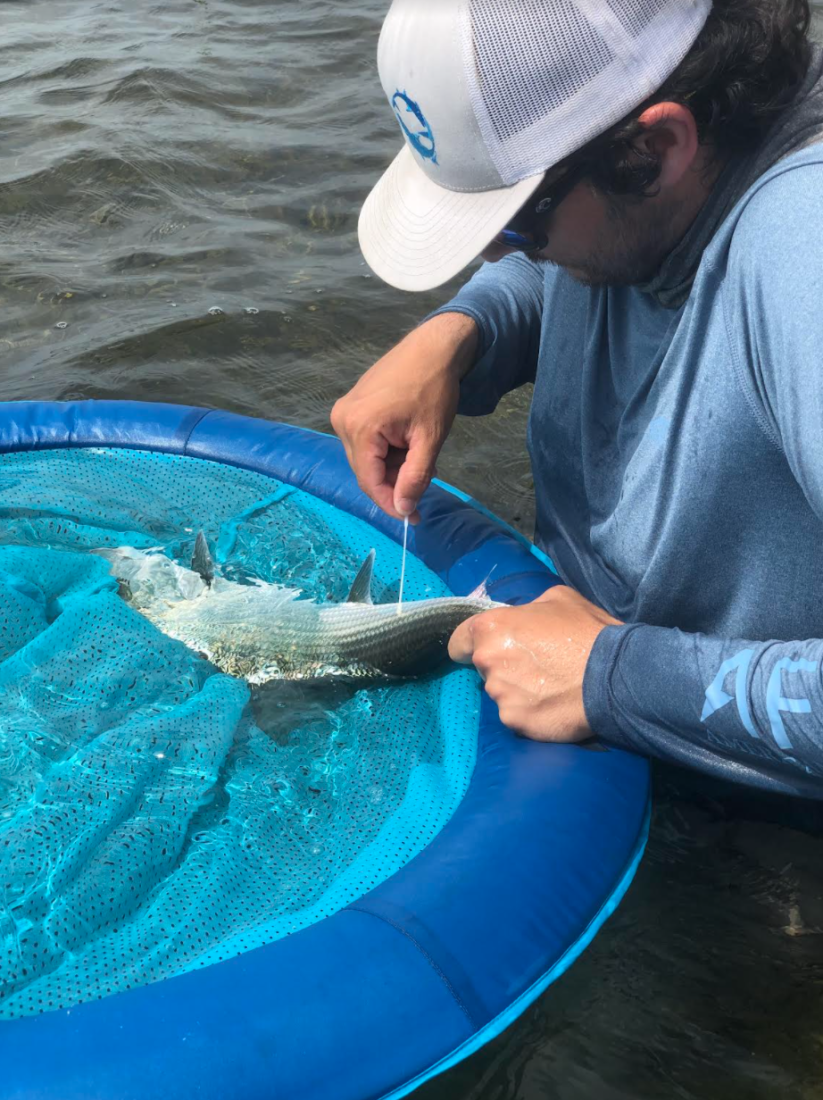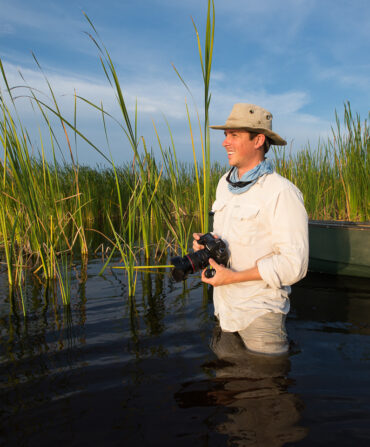The fact that Florida Keys bonefish carried detectable amounts of over-the-counter and prescription drugs in their tissues wasn’t a surprise. Studies of fish in the United Kingdom, Germany, Czech Republic, and elsewhere in the United States had shown that drugs commonly used by humans can make their way into wastewater treatment systems, and ultimately into fish. But Florida International University (FIU) researchers who released a bonefish study today in Florida were astonished at the scope of the problem.
In the three-year-long study, ninety-three bonefish from the Florida Keys and Biscayne Bay were captured and sampled, and every single fish carried pharmaceuticals in its blood or tissues. And there was a wide array of drugs in the fish—blood pressure medications, prostate treatment drugs, antibiotics, anti-anxiety medications, opioids, birth control compounds, and more. All told, fifty-eight pharmaceutical compounds were found in the sampled bonefish. The study was funded by Bonefish & Tarpon Trust (BTT), and partnered with Sweden’s Umeå University and the Swedish University of Agricultural Sciences, whose labs provided the highly specialized testing for pharmaceuticals.
“We were very surprised at the findings,” says Dr. Jennifer Rehage of FIU’s Coastal Fisheries Research Lab, and the lead researcher on the project. “The levels we found were super high.” On average, each sampled bonefish tested positive for seven different pharmaceuticals. One single bonefish swam the Keys with seventeen different medicines in its tissues and blood. At one point in the study, Rehage says, she and her Ph.D student, Nicholas Castillo, began to hope they might find a single bonefish that tested negative for the one hundred and four pharmaceutical compounds in the search protocol. “We kept looking, thinking that there’s got to be a fish out there that was clean,” she said. “We never found one.” The fish with the fewest pharmaceuticals still tested positive for two of the medicines.

And it’s not only bonefish that are stewing in a nearshore slop of pharmaceutical pollutants. The scientists also found drugs in prey items. Sampled crabs and shrimp, for example, had an average of eleven pharmaceuticals in their systems, and some contained twenty-four medicines, says Rehage. “I can’t see that there is any way that other fish that are commonly eaten by humans, such as redfish and snook, wouldn’t show similar levels of these pharmaceuticals,” figures Dr. Aaron Adams, director of science and conservation for BTT.
These drugs make it to the open ocean through a variety of pathways. Throw away that half-used bottle of Zantac, and there’s a chance it winds up leaching into groundwater supplies and ultimately the ocean. But the chemicals carried in human waste are the larger concern. Most pharmaceuticals are not fully metabolized in the human body, and most water treatment plants—aging and built with out-of-date technology—can’t filter them out.
“And it’s not only that the fish are being exposed,” Adams explains. “They are being exposed at levels that are really going to affect these fish.” Fifty-eight percent of the bonefish had pharmaceutical concentrations at levels known to affect behavior and physiology. And for fish that exhibited multiple drugs in their systems, it’s entirely unknown how those drugs might interact with each other. “They’re getting a pharmacological cocktail at the moment,” Adams says.
What is known is that certain medicines do affect wild fish in concerning ways. Smallmouth bass in the Potomac River, for example, are exposed to such high levels of estrogen mimickers in the water that some males have begun to produce eggs in their testes.
The drugs do more than alter physiology. Anti-anxiety medications, says Rehage, are known to cause fish to become more active and less cautious—which makes them more likely to get eaten by predators. Contaminated fish also migrate faster and sooner than uncontaminated fish. Swedish studies of salmon exposed to antidepressants, says Rehage, “became antisocial. They migrated faster, and took much greater risks, and the mortality rates due to depression were much higher than normal.”
“For a fish that migrates to spawning locations like bonefish do,” says Adams, “disrupting those patterns is going to affect spawning success.”
If there’s a silver lining in such horrific findings, it’s the fact that technologies exist that can filter most pharmaceuticals from wastewater. Known conservation approaches such as upgrading existing water treatment facilities, building modern water treatment plants, and moving septic systems into an upgraded water treatment infrastructure would make a serious dent in south Florida’s pharmaceutical waste. New technologies are also emerging that use ozone to target and neutralize pharmaceuticals in water supplies. The state has taken significant steps to address water quality. Governor Ron DeSantis declared a focus on water quality in his first days in office, and signed Florida’s Clean Waterways Act in June of 2020, directing state agencies to tighten controls on wastewater and septic tank systems.
But there’s a need for a full sprint, if not a marathon, on this issue. If anything, the idea of bonefish on crack should prompt the public to demand a public water infrastructure that doesn’t let dangerous drugs slip through the system. “We need long-term, state-wide investments in these systems that will accommodate all the projected growth and development coming to Florida,” says Adams. “If we don’t this right now, trying to fix it farther down the road is going to be untenable.”








